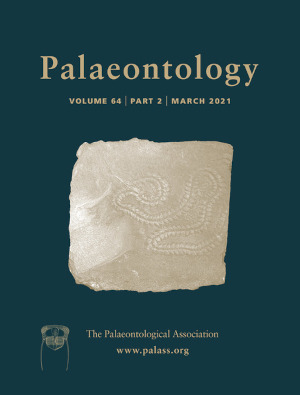Reg. Charity No. 1168330

Quantitative palaeobathymetric reconstructions based on foraminiferal proxies have been used in a wide variety of geological studies on tectonic, climatic and environmental changes in sedimentary basins. However, palaeo-water-depth estimates are frequently biased due to taphonomic processes (dissolution, transport) as well as local conditions (primary productivity, oxygen content, and organic matter fluxes). This study evaluated the level of reliability of three commonly used transfer equations based on planktic and benthic foraminiferal proxies that produce different palaeobathymetric results, using Neogene sediments from the Guadalquivir Basin, south-west Spain. The most trustworthy method involves removing abundant infaunal benthic foraminifera before applying the palaeo-water-depth equation based on benthic foraminiferal water-depth ranges and presence/absence of species. This new approach provides sound palaeobathymetric results that improve estimations of long and short-term relative sea-level changes with negligible influence of taphonomic as well as ecological factors. When using one equation based on planktic/benthic ratios (P/B ratios), removing all infaunal benthic foraminiferal species improves the accuracy of P/B ratios, which yields more accurate palaeodepth reconstructions despite the low level of trustworthiness of this equation for both long and short-term relative sea-level variations.